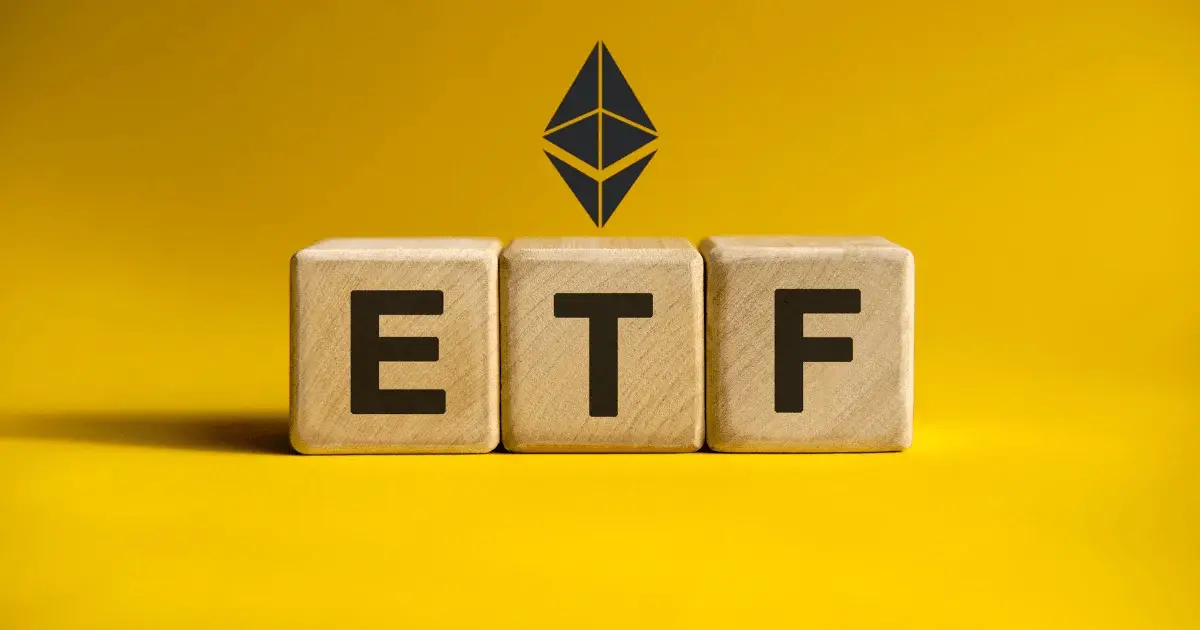
Let’s talk about Ethereum—arguably one of the most groundbreaking creations of the 21st century. No exaggeration. While Bitcoin introduced the concept of decentralized digital money, Ethereum took the blockchain game to a whole new level, transforming it into a programmable universe. If Bitcoin is the gold of the crypto world, Ethereum is the electricity powering a bustling metropolis of decentralized apps (dApps), smart contracts, and digital economies.
So, how did Ethereum come into existence? How has it grown into the juggernaut we know today? And what lies ahead for this dynamic blockchain? Buckle up, because we’re diving deep.
The Genesis: From a Whitepaper to a Global Ecosystem
Ethereum’s story begins in late 2013 when a 19-year-old programming prodigy named Vitalik Buterin published a whitepaper outlining his vision for a blockchain that could do more than just handle digital cash. Vitalik envisioned a decentralized platform where developers could build applications that ran on smart contracts—self-executing pieces of code that operate without intermediaries.
The idea caught fire, and in 2014, Ethereum’s development began with the help of co-founders like Gavin Wood, Joseph Lubin, and others. The team raised million through an initial coin offering (ICO) of Ether (ETH), the network’s native cryptocurrency, making it one of the first major crowdfunding successes in crypto history.
Finally, in July 2015, Ethereum launched with its Frontier release. It wasn’t just a blockchain—it was a blank canvas for innovation. Developers started building decentralized applications (dApps) for everything from finance and gaming to supply chain management and identity verification. The possibilities seemed endless.
Growth: From Crypto Experiment to Industry Leader
Ethereum’s growth over the years has been nothing short of spectacular. By late 2017, it had become the foundation for the first wave of Initial Coin Offerings (ICOs)—fundraising mechanisms for new crypto projects. This surge in activity propelled Ethereum to new heights, with its price skyrocketing to over $1,400 in early 2018.
But Ethereum wasn’t just about speculation. The real magic lay in its use cases. Enter DeFi (Decentralized Finance) and NFTs (Non-Fungible Tokens)—two sectors that exploded thanks to Ethereum’s programmability.
- DeFi: Protocols like Aave, Uniswap, and MakerDAO turned Ethereum into the backbone of a decentralized financial ecosystem. Borrowing, lending, trading—it could all happen without banks.
- NFTs: Digital collectibles like CryptoPunks and Bored Apes showed the world that blockchain wasn’t just about money—it was about culture, art, and ownership.
As of 2024, Ethereum processes over 1 million transactions per day, supports thousands of dApps, and holds $20 billion+ in locked value across its DeFi ecosystem. It’s not just a blockchain anymore; it’s an entire economic infrastructure.
Market Cap: The Runner-Up That’s Always in the Race
Ethereum’s market cap, as of November 2024, sits around $230 billion. While it’s second to Bitcoin’s approximate $700 billion, Ethereum’s position is anything but secondary. Here’s why:
- Utility-Driven Value: Unlike Bitcoin, which is primarily a store of value, Ethereum’s value comes from its widespread utility. Every transaction, every smart contract execution, every NFT minting—requires ETH as gas.
- The Merge: In September 2022, Ethereum transitioned from a Proof-of-Work (PoW) to a Proof-of-Stake (PoS) consensus mechanism, drastically reducing its energy consumption by over 99.9%. This made Ethereum more environmentally friendly and sustainable—key factors for future growth.
- Institutional Interest: Major institutions, from banks to tech companies, are building on or integrating with Ethereum. Its adoption isn’t just retail-driven; it’s becoming part of the financial fabric.
Challenges: The Double-Edged Sword of Growth
Of course, Ethereum’s meteoric rise hasn’t been without its challenges. The biggest thorn in its side? Scalability.
- Gas Fees: High demand on the network often leads to exorbitant transaction fees, making it expensive for everyday users. While layer-2 solutions like Arbitrum and Optimism help reduce costs, the problem isn’t fully solved yet.
- Competition: Ethereum faces stiff competition from faster, cheaper blockchains like Solana, Binance Smart Chain, and Cardano. These “Ethereum killers” are constantly nipping at its heels.
- Regulatory Scrutiny: As with any major player in crypto, Ethereum isn’t immune to regulatory uncertainty. Its decentralized nature complicates compliance with global laws.
The Future: Ethereum 2.0 and Beyond
So, what’s next for Ethereum? A lot, actually. Here’s what the roadmap looks like:
- Scalability Upgrades: Ethereum is far from done evolving. Its shift to PoS was just the beginning. The next step is sharding, a process that will split the network into smaller pieces (shards) to handle more transactions simultaneously. This could make Ethereum as fast as, if not faster than, its competitors.
- Institutional Adoption: With the rise of tokenized assets (like stocks, real estate, or art), Ethereum is poised to become the go-to platform for digitizing traditional assets. Imagine owning a fraction of a Picasso or a skyscraper—all tokenized on Ethereum.
- Web3 Expansion: Ethereum isn’t just about crypto—it’s about enabling a decentralized internet. Projects like ENS (Ethereum Name Service) and DAOs (Decentralized Autonomous Organizations) are paving the way for a user-controlled digital world.
- Interoperability: Ethereum is also working on making its ecosystem more interoperable with other blockchains. Think of it as building bridges to ensure seamless communication across the decentralized world.
Final Thoughts: Ethereum’s Role in the Blockchain Revolution
Ethereum isn’t just a cryptocurrency or a blockchain—it’s a paradigm shift. It’s reimagining how we think about finance, ownership, and even governance. Whether it’s enabling billion-dollar DeFi protocols or letting you mint a quirky NFT, Ethereum is a testament to the power of innovation.
As it continues to evolve, Ethereum’s role in shaping the future of technology and finance is undeniable. Sure, challenges remain, but if history is any guide, this blockchain has the resilience, talent, and vision to overcome them. And who knows? Maybe one day, we’ll look back and realize Ethereum wasn’t just a part of the digital revolution—it was the revolution.





